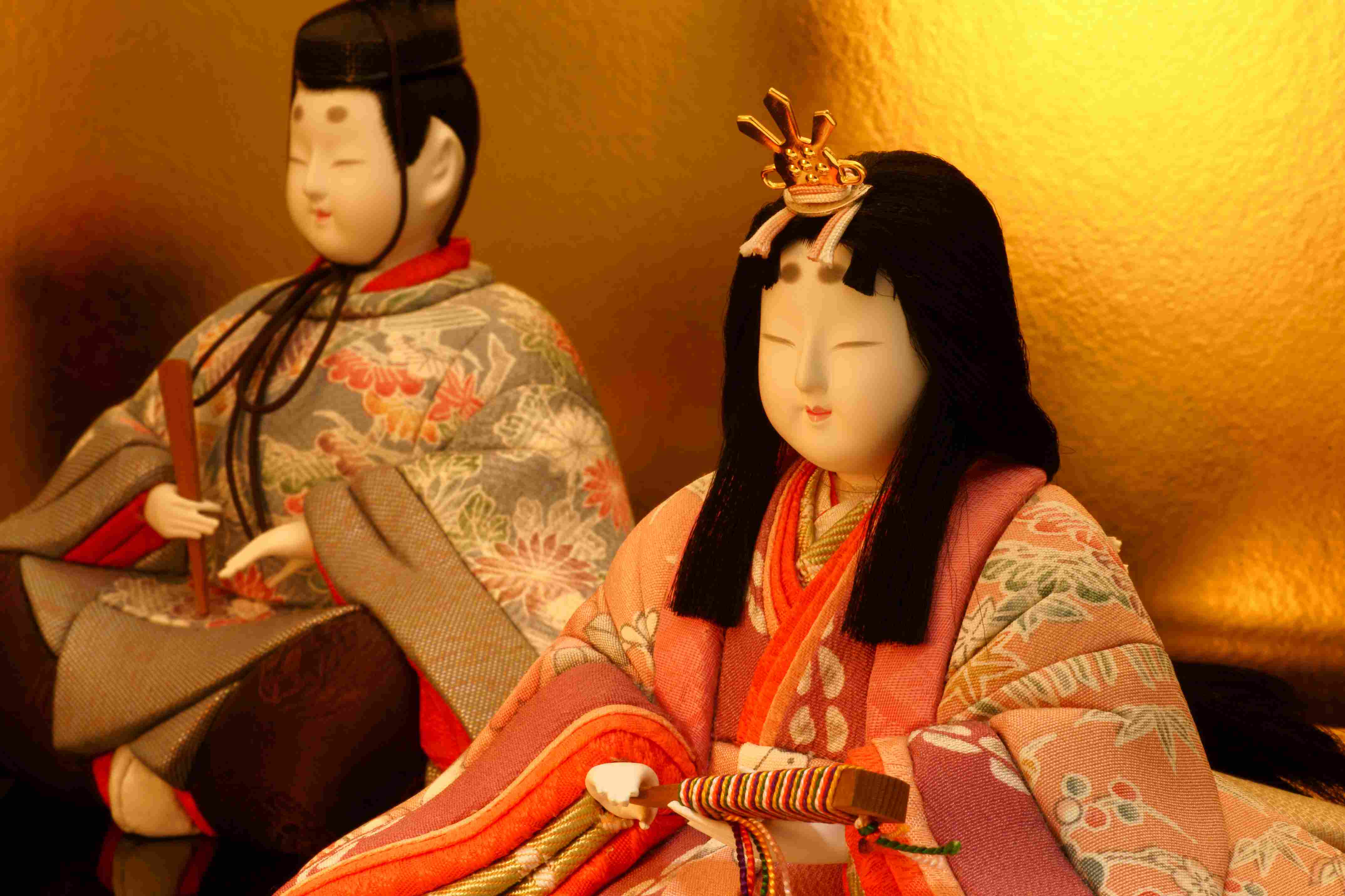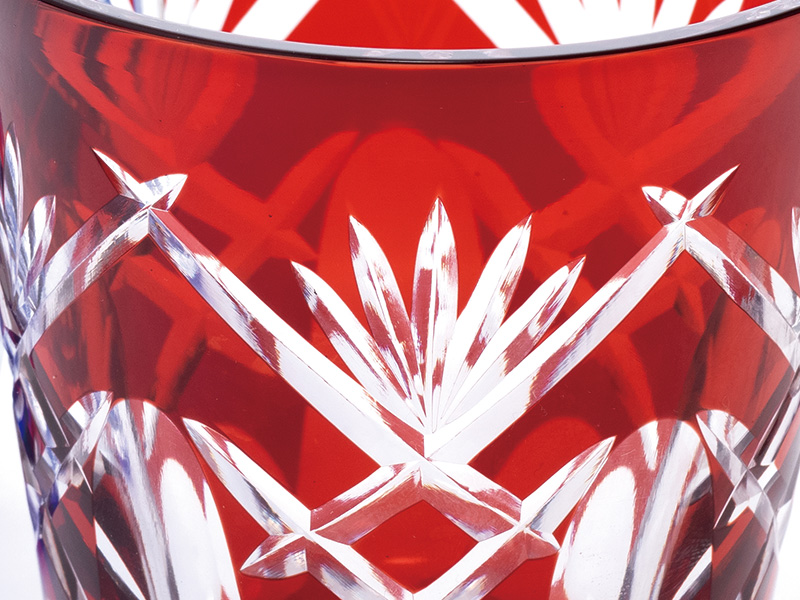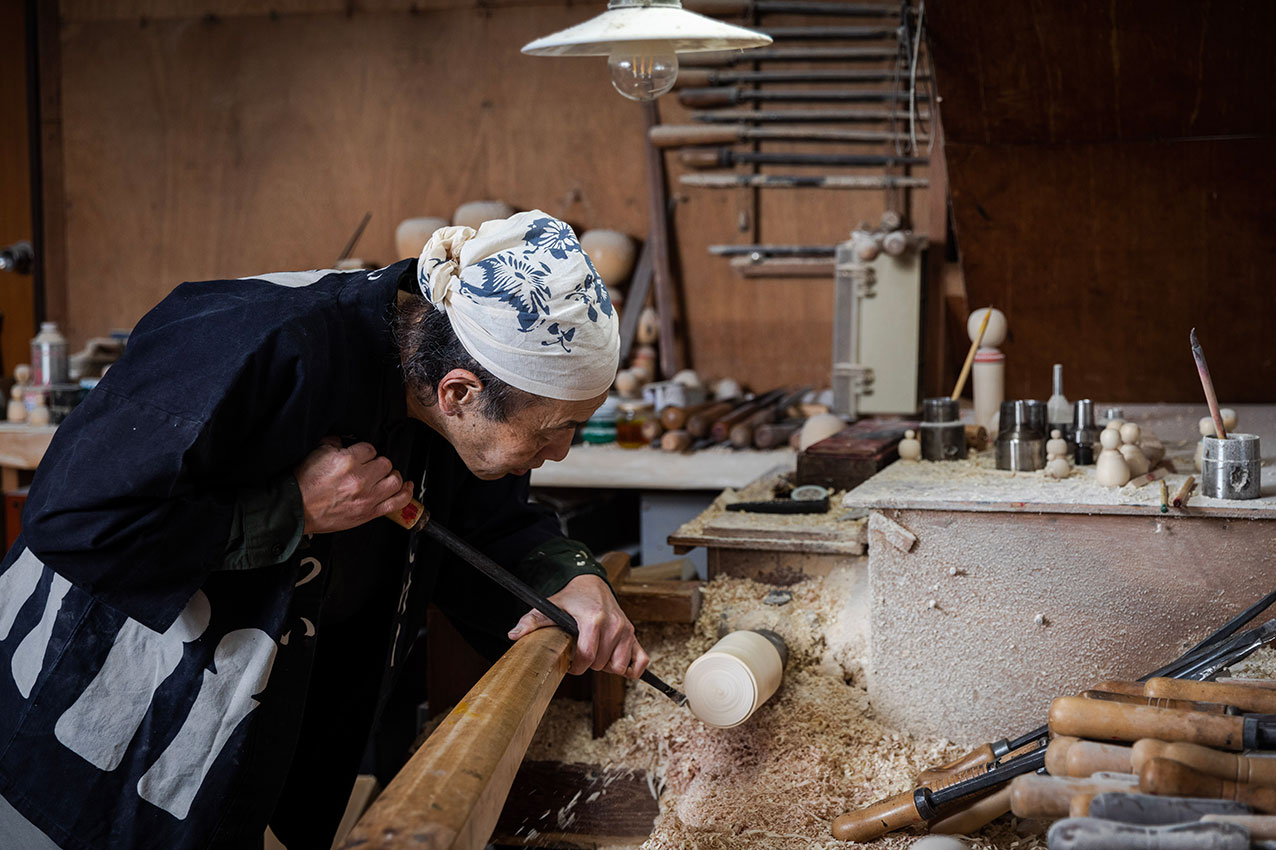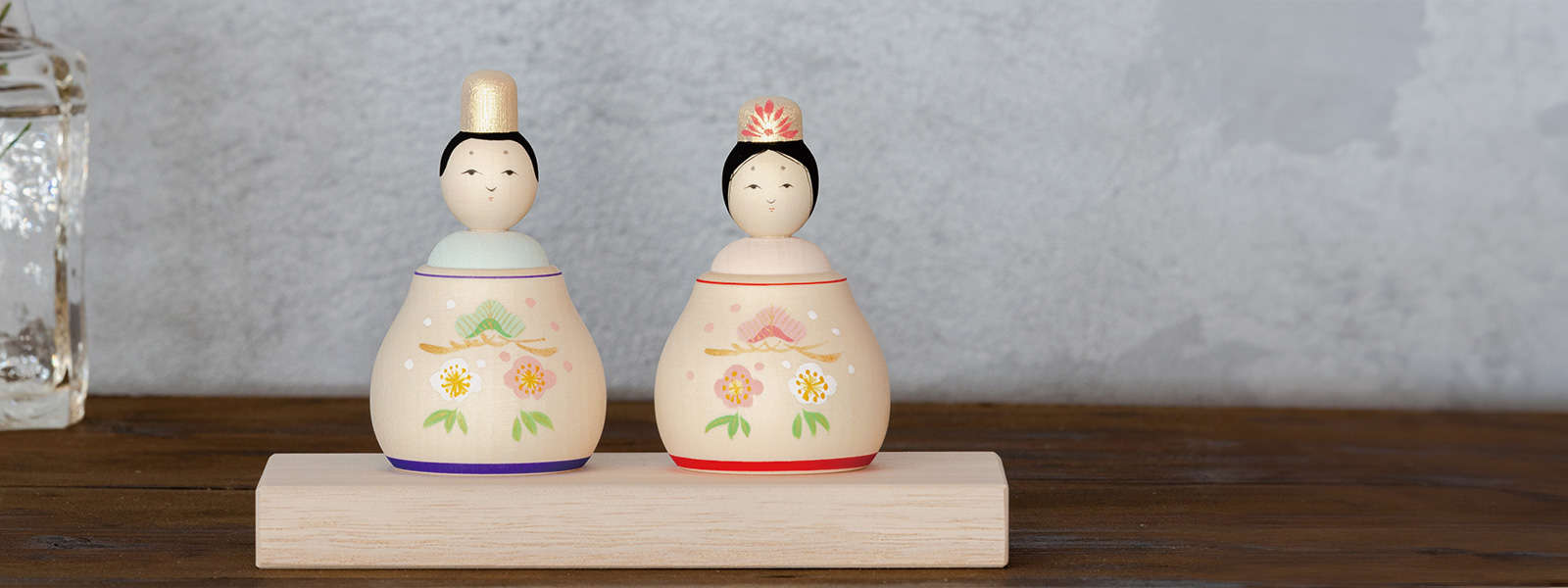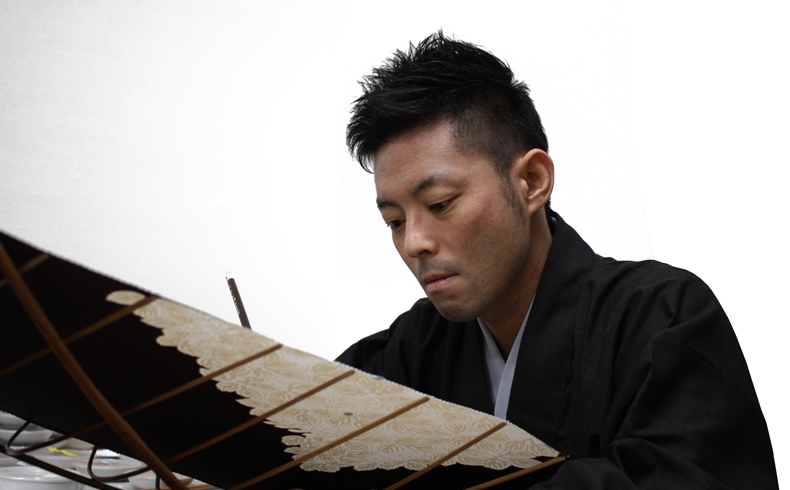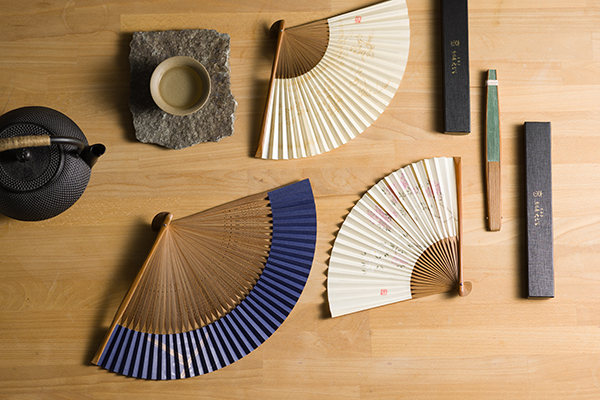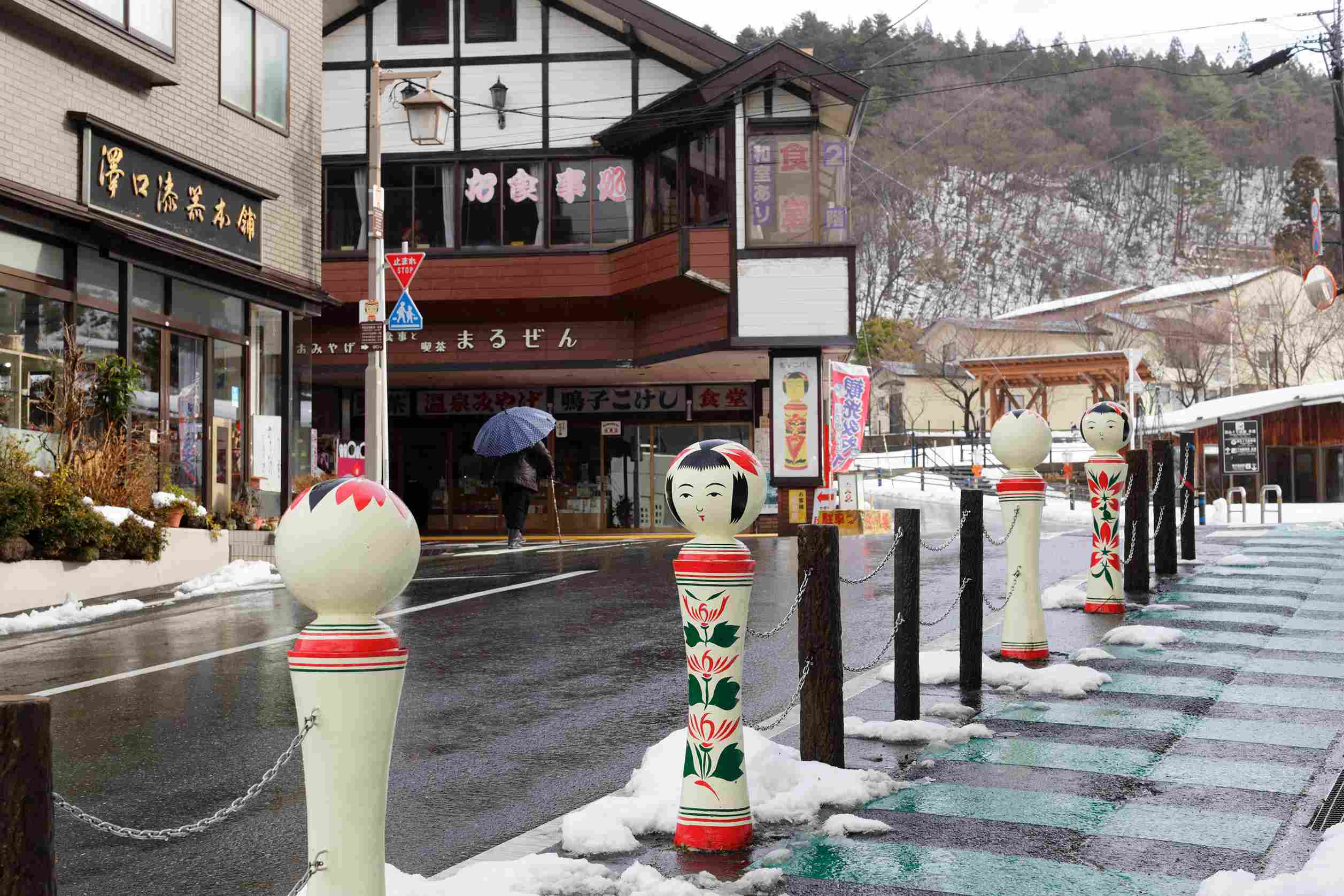"Edo Kimekomi dolls " are a traditional craft that was born in Kyoto around 1740 and is said to have developed independently in the Edo period.
Its rounded form and adorable smiling face will warm the hearts of those who see it.
Nowadays, a variety of Kimekomi dolls are made, including festival dolls such as Hina dolls and Satsuki dolls, as well as zodiac signs and characters.
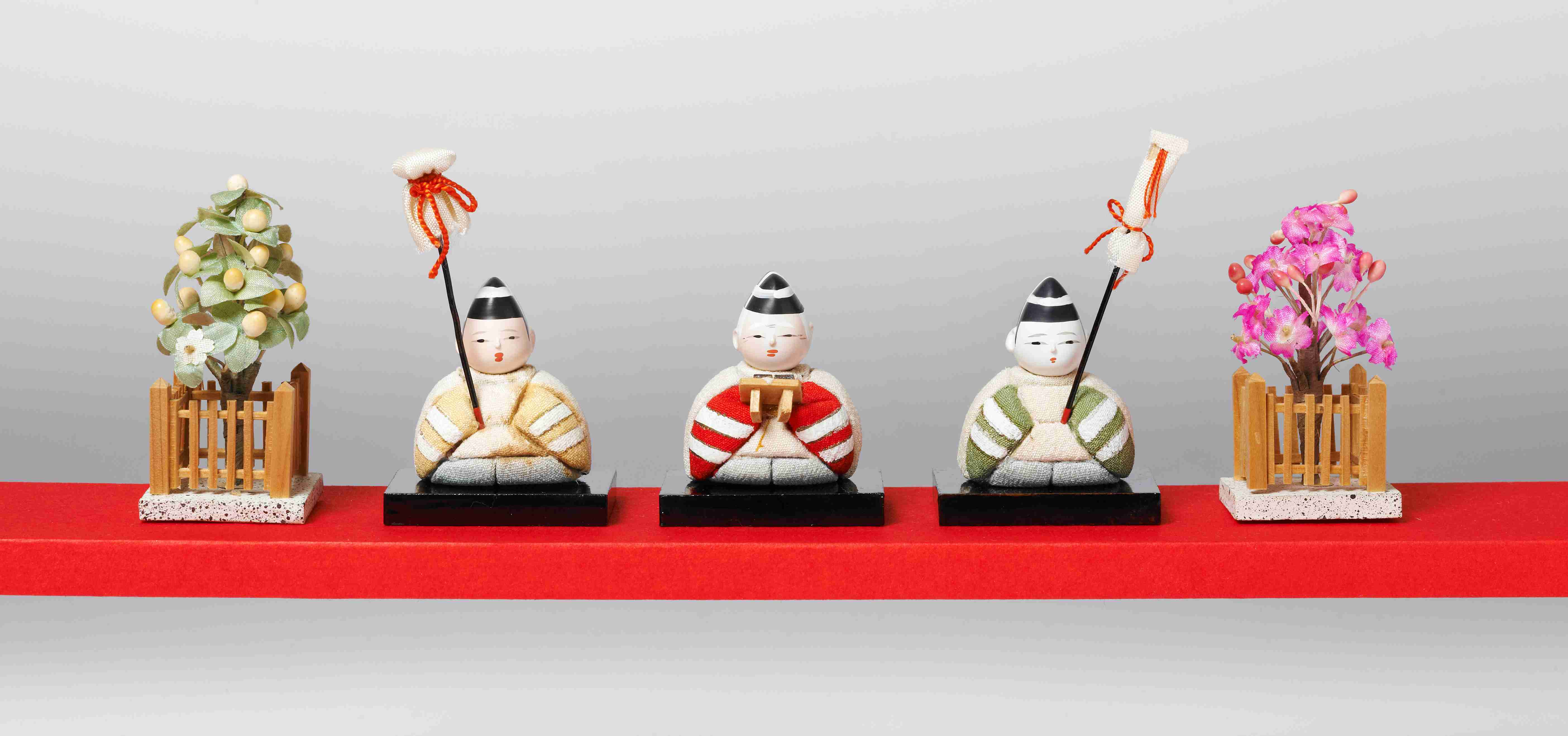
Its origin is Kamigamo Shrine in Kyoto. The prototypes are small carved wooden dolls.
Dolls are made by paulownia tree powder and glue, and then inserting cloth into the grooves (dressed by pinching the cloth).
“Kimekomi” was originally written as “Kimekomi” and it means “putting things inside the container so that they fit perfectly without any gaps.”
People said it was between Yoshimune, the eighth Tokugawa shogun, ruled the country. (1736-41). According to one theory, a priest made a small doll out of pieces of willow wood used to make a willow basket used for making offerings at Kamigamo Shrine in Kyoto. It is said that it began when people used to enjoy playing with dolls by using the leftover cloth.
At that time, because the willow trees on the banks of the Kamogawa River were used, they were called “Kamo dolls”, “Kamogawa dolls”, and “Yanagi dolls”, but eventually they became known as “Kimekomi dolls”.
Eventually, the center of culture moved to Edo, and many doll makers from Kyoto moved there, and Kimekomi dolls developed into an “Edo style”.
Furthermore, in the late Meiji period, the traditional method of carving cloth with wood patterns on copper was changed to the modern method of making molds from paulownia wood, making mass production possible and making dolls of various shapes possible. It's now possible.
In 1978, it was designated as a national "traditional craft" under the name "Edo Kimekomi Doll", and to pass on the traditional techniques to the next generation, the Tokyo Industrial and Labor Bureau has established the following conditions: This indicates that only those who meet these criteria can be called “Edo Kimekomi dolls”.
[Traditional techniques/techniques]
・The base material is paulownia wood, and after the base coat and cutting, the top coat is applied at least 5 times.
・After gluing the kimono into the grooves, do the kimekomi.
・Menso-gaki is done using a face brush, and the eyes, eyebrows, hair, and lipstick are added.
・Blow the hair after straightening the hair.
[Traditionally used raw materials]
・The material used for paulownia paste is paulownia.
・The clay used for the unglazed head should be Hakuundo or a material equivalent to this.
・The fabric used for dressing must be silk fabric or an equivalent material.
・The thread used for hair should be silk thread.
Although it is called “Edo” Saitama Prefecture is also known as a major production area and has been selected as a “Saitama Prefecture Traditional Handicraft” by the prefecture.
Breathed into life by many skilled craftsmen.
Doll making is a division of labor system. Each step, from modeling to dressing the doll, drawing the eyes and mouth, and planting the hair, is done by specialized craftsmen, and it is impossible to create a beautiful doll without any of these steps.
It is said that not only the doll itself but also all the props are made by hand by professional craftsmen.
Here, we will introduce how to make Edo Kimekomi dolls, along with technical terminology.
1. Prototype creation
A model of the doll is made from clay, placed in a wooden frame, resin, etc. is poured in, and the mold of the doll is taken. This mold is called a “kama”, and two halves are made: the front half and the back half (or front and back) of the prototype.
2.Kamazumi
The kettle is coated with oil to make it easier to pull out the body, and the kettle is filled with “taurus paste”, a mixture of paulownia flour and “shofu paste” (glue made from flour starch), to create the body.
After filling the front and back pots with paulownia paste, combine the front and back pots to make one body.
3.Nuki
Hold the hook and tap lightly from the top to remove the top half of the hook.
the protruding part with a bamboo spatula, turn the lower half of the hook on its side, and take out the body.
The body created in this way is called “Nuki”.
4. Fabric making
After thoroughly drying the wood, any irregularities or cracks on the body are caught with paulownia paste using a bamboo spatula, and then neatly repaired using a file.
5.Gofun coloring
Gofun (a white pigment made by baking powdered seashells) is kneaded with glue, dissolved in hot water, and applied to the body.
This process tightens the dough and prevents it from falling apart easily.
6. Line carving
Once the gofun is sufficiently dry, use a chisel to carve grooves for the wood grain on the cloth.
The process of carving the lines greatly affects the quality of the doll's finish, so the lines are carved carefully to a certain width and depth.
7.Kimekomi
Add glue to the lines, cut the fabric according to the pattern, and use a perforator or wood-grain spatula to firmly insert the grain.
8.Coloring
Use a brush to build up “Okiage” a mixture of gofun and glue, to create the outline.
Lacquer is applied, and before it dries, pure gold leaf is placed on it and the inside is colored.
9. Making the parts of head
Two pots for the face and the back of the head, apply oil, and fill with paulownia paste, which has finer particles than the body. Just like the fuselage, the center is made hollow, and the "nuki" is thoroughly dried and then sanded and repaired.
8. Gofun coating on the head
First, apply a base coat, let it dry, and add “Okiage” to raise the nose and mouth. Let it dry further and then shave it with a small knife to shape it.
Next, do the intermediate coating. Apply chalk that is thicker than the base coat to the entire head and shape it, then let it dry.
Wipe with a cloth dampened with water to eliminate any unevenness, and then carefully scrape the raised areas to create a subtle look.
Next, apply the topcoat. Strain the gofun for the topcoat and allow it to settle, then apply the supernatant with a brush 7 to 10 times, carefully and quickly to avoid any unevenness.
9.Drawing faces
Use a very thin face brush to draw in the eyes, lips, etc.
It is said that the "face is the lifeblood" of a doll, and this is one of the most important processes.
10. Hair carving
Carve a groove where the hair will be inserted.
11. Hair blowing
Comb the black dyed silk thread, trim the ends, and glue. Insert the hair into the carved groove using a perforator starting from the short part of the hair.
12.Installation
While checking the balance of the body, attach the head, hands and props you made separately, and finish by combing the hair.
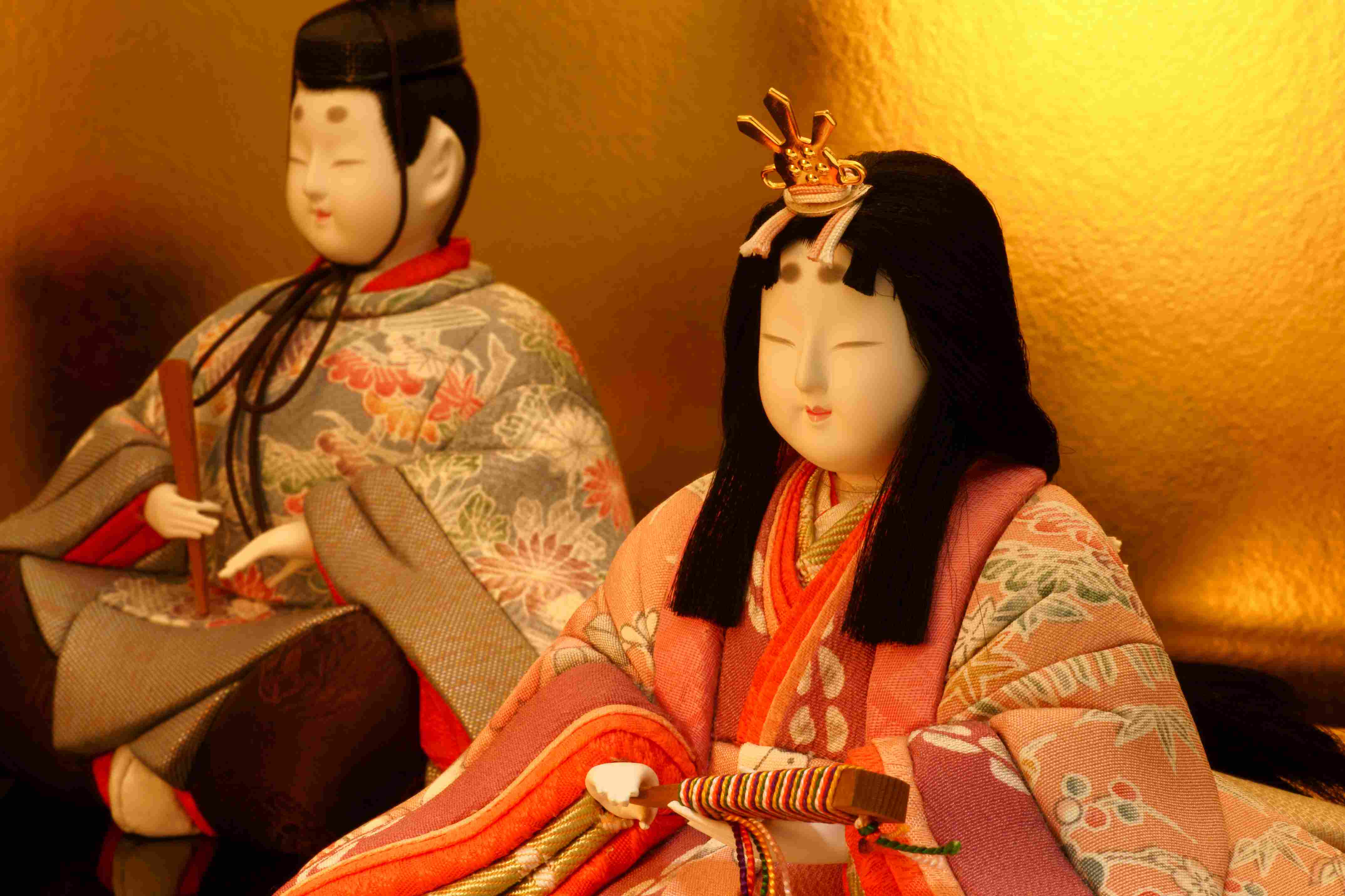
Nowadays, it is attracting attention as a work of art mainly overseas.
Edo Kimekomi dolls have strict conditions regarding the materials used, manufacturing methods, and manufacturing process, but on the other hand, there are no regulations regarding the shape or expression.
Because you can express yourself freely depending on how you shape the clay, you can create highly unique dolls, such as the same Hina dolls standing up, and some with five musicians in unique poses.
Adding to the unique charm of “Edo Kimekomi dolls” is that most of them are generally compact in size, so they can be displayed anywhere.
Another appealing feature is that it is lighter and easier to carry than other materials, and because the fabric is tightly woven into the main body, it does not lose its shape.
Recently, colorful “beckoning cats”, Kimekomi dolls with popular character motifs, and miscellaneous goods that utilize Kimekomi techniques have been made, and they are becoming popular overseas as “cool” works of art.
In addition to seasonal dolls, why not find your favorite one and incorporate it into your interior?
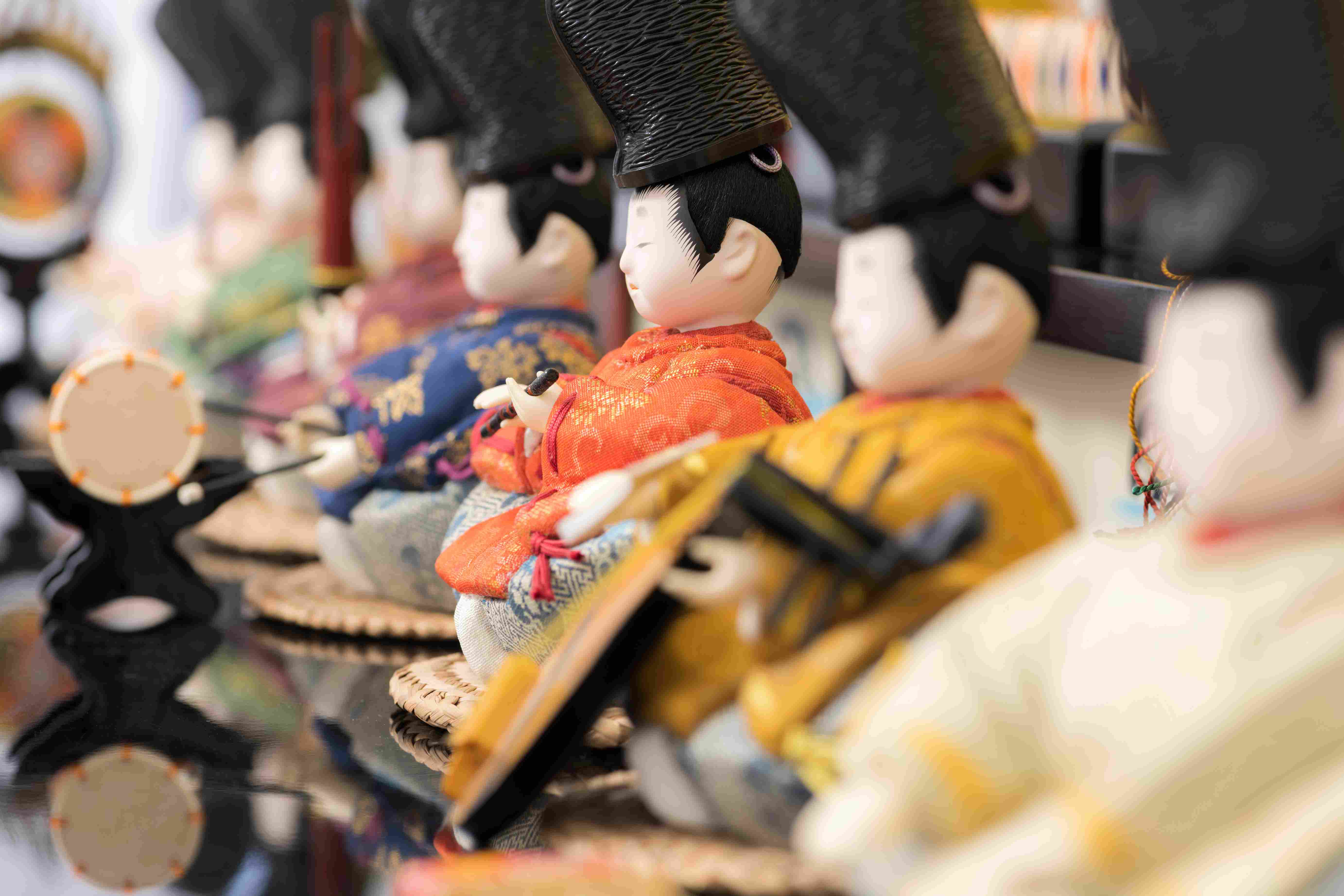
summary
Since ancient times in Japan, there has been a custom of giving dolls to children to pray for their healthy growth.
It is said that “Hina dolls” and “Satsugatsu dolls” also had the role of Katashiro, who protected children and took on disasters in their stead.
Of course, you can gift festival dolls to wish for the health of children, but it is also wonderful to give Edo Kimekomi dolls in the shape of lucky charms such as “beckoning cats” to wish for the happiness of your loved ones.


